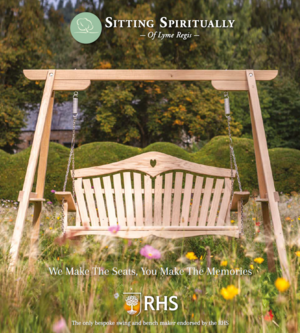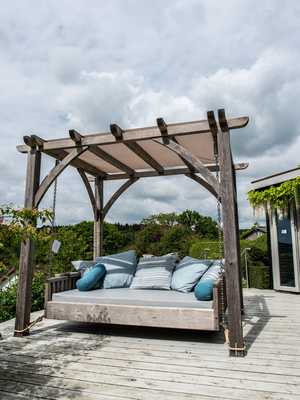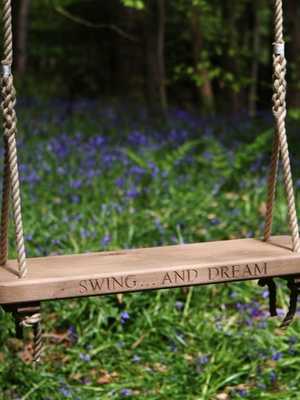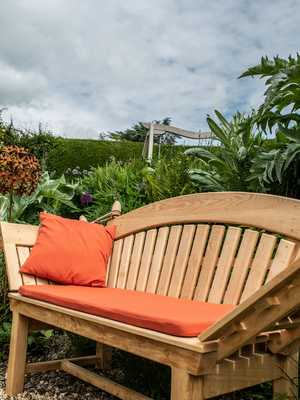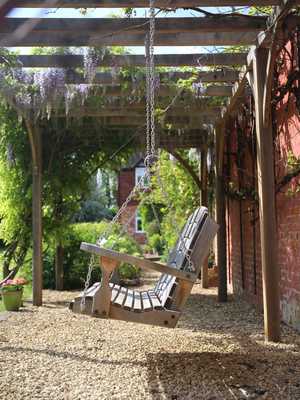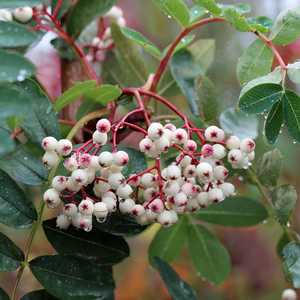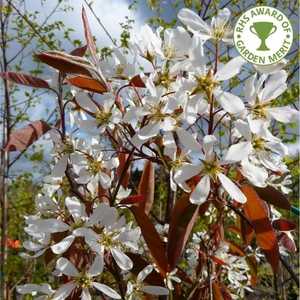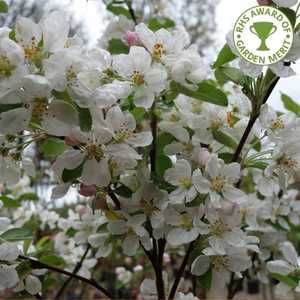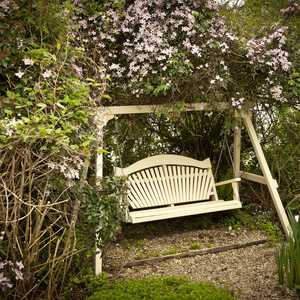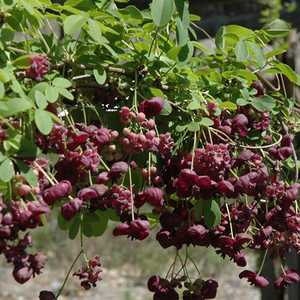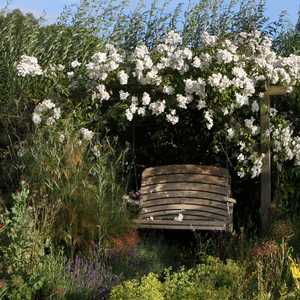- Swing Seats
Delivery and Assembly Available
Bespoke Inscriptions
Handcrafted in Devon
- Day Beds
Delivery and Assembly Available
Bespoke Inscriptions
Handcrafted in Devon
- Rope Swings
Delivery and Assembly Available
Bespoke Inscriptions
Handcrafted in Devon
- Benches
Delivery and Assembly Available
Bespoke Inscriptions
Handcrafted in Devon
- Pergolas
Delivery and Assembly Available
Bespoke Inscriptions
Handcrafted in Devon
- About
Delivery and Assembly Available
Bespoke Inscriptions
Handcrafted in Devon
- Blog
- Contact/Visit Us
Delivery and Assembly Available
Bespoke Inscriptions
Handcrafted in Devon
Creating Shade in Your Garden
Since first lounging in a Sitting Spiritually swing seat at Chelsea Flower Show a few years ago, I have coveted one, and often wondered where one would be best situated in my garden. I should place it on the first bit of flat sunny lawn available, and lose no time trying it out, ideally with a nice glass of wine on the recess thoughtfully designed in the arm of the seat.
Sitting in the sunshine is all very well, but on very hot days as we had for weeks this summer, it isn’t long before I would have to get up and seek the shade, which is rather a waste of a good seat. I could buy a shade awning for my seat, but I would prefer to move my swing bench into a paved recess in a border facing north, where the dappled shade of a rowan tree directly behind would protect me from the heat of the midday sun. The morning sun would still warm my elevenses coffee and swing round behind my tree to the west so I could catch the last rays as they shone through.
A rowan is one of my favourite garden trees. The shade cast is never gloomy, the winter outline is dainty and its habit is to grow higher than wide but never too large, which suits modern small town gardens and country gardens alike. With spring blossom, autumn berries which feed the birds and leaves that obligingly fall and shatter into their component parts and making very little mess, it has year-round appeal and no bad habits. It has a tendency for suckering from the base and I would plant a young tree, allowing the suckers to form a naturally multi-stemmed tree.
An alternative to the rowan could Amelanchier lamarkii, its white spring flowers and autumn colour and dainty habit providing a long season of interest. I also like crab apples, of which my favourite is Malus ‘Evereste’. Pink buds open to white flowers and the leaves turn yellow in autumn, while the clusters of small orange fruit persist well into December. Both these suggestions have the great advantage of having small leaves, which create less mess on your seat and lawn when they finally fall.
If I had a Sitting Spiritually pergola, I should want to grow a climber or two up it. The trouble is that climbers need support, and certainly a leg-up until they can loll around on top of the pergola without much help. Some twining climbers like honeysuckle, clematis montana and akebia quinata can be lightly bound to a post with twine, quickly winding themselves to the top. They are immensely vigorous and pruning is needed to keep them in check once established & some tying it will be necessary but this is easily done.
Sitting Spiritually are very happy to recommend, for tying in annual climbers, the excellent Garden Twine made by fellow West Country Company Twool which comes in some extremely pretty colours.
Annual climbers such as climbing nasturtium, sweet peas and cup and saucer vine are cheap and fun and will allow the elegance of the pergola to remain visible, but they do need a little support.
Consider instead, a woody perennial climber such as a rose, a wisteria or a vine, ornamental or edible. Although wisteria flowers in mid-May and thus too early to readily sit under in a cold spring, nothing looks lovelier. It does take considerable time and effort to prune, so do not allow it to stray too far – if it takes more days to prune that it is at its best in flower, this may be a poor bargain.
Climbing or rambling roses could be tied to my discreet wires. Choose your varieties with care. I do not like to be whipped across the eyes by a new stray growth if it is viciously thorny, so I shall plant the rich pink Zephirine Drouhin, which has barely any thorns at all. Once roses had been established for a season or two, I should add some clematis viticella which will climb up the roses, of which the clear lilac blue Mrs Betty Corning and the deepest purple Black Prince are my favourites. These colours are not found naturally in the world of roses, so will contrast nicely with every kind.
Lastly Sitting Spiritually have added, that should your pergola be in an area where you don’t wish to plant things that they found an easy solution was a panel with a UV Barrier, talk to them to find out more
WITH MANY THANKS TO KATHERINE CROUCH
Katherine Crouch Garden Design
M: +44 (0)7594 574150
Email info@katherinecrouch.com
If you would like to contribute a blog, please contact Siobhan at siobhan@sittingspiritually.co.uk
Posted by Siobhan on December 14th 2018


